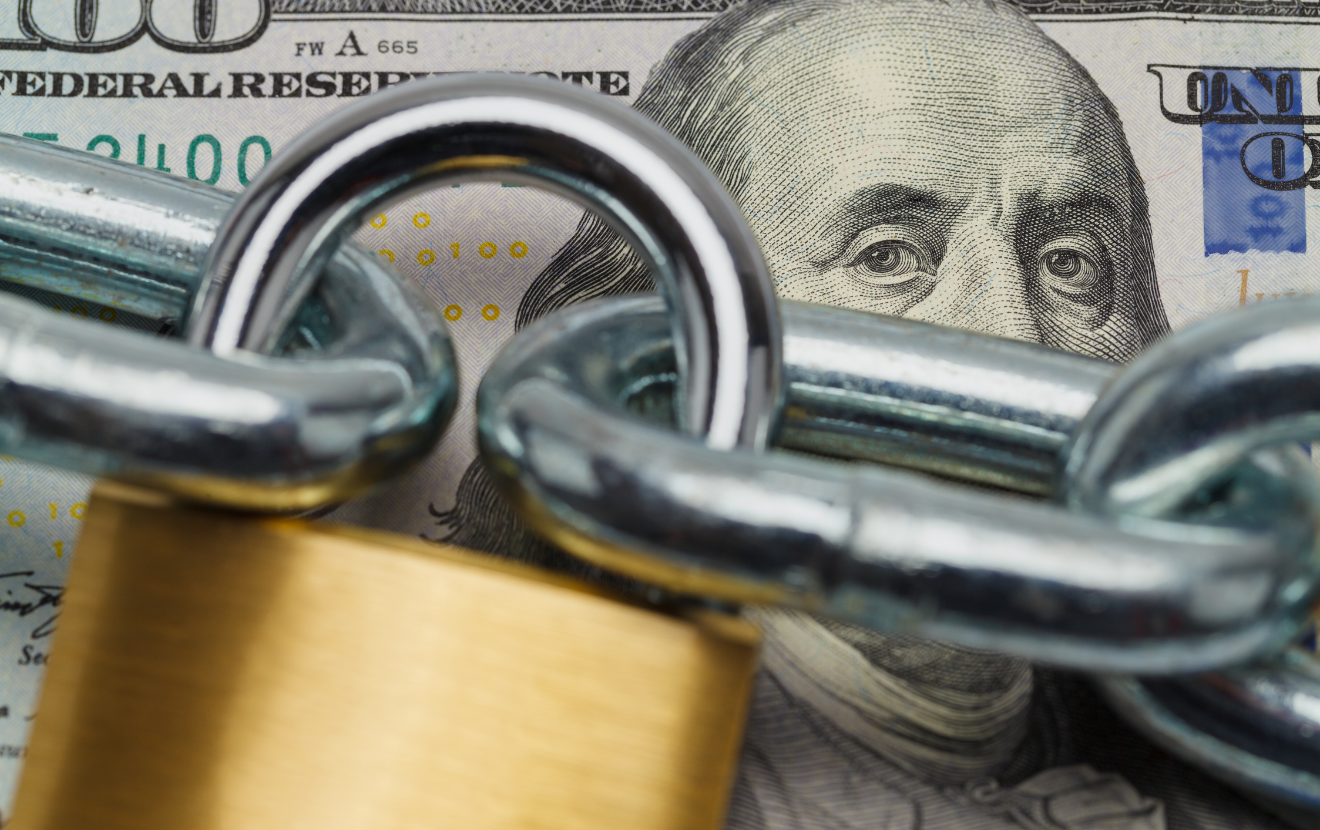In today’s competition for deposits, credit union executives are looking for ways to offer what other institutions aren’t, especially if a differentiator allows them to save interest expense while still attracting deposit volumes.
To find that kind of opportunity, they’ll have to ask questions others haven’t yet, such as: Why do credit unions charge penalties for early withdrawal on certificates? And why do those penalties cost what they do?
Now, there are sound banking reasons for establishing costs for early withdrawals. Certificate penalties help credit unions manage liquidity and interest-rate risk by locking members’ funds for fixed periods. They also discourage member speculation; without them, people may frequently open certificates while waiting to see what rates do and then close them early at minimal cost if rates rise. No-penalty certificates only exacerbate this problem.
Early withdrawal penalties also have been "X months or days of interest” for so long that members and credit union staff know them. They’re transparent and straightforward because they’re familiar.
Given these good reasons, let’s reformulate the question: Why do credit unions always charge penalties for early withdrawal, even when the withdrawal helps members and the credit union?
The unserved scenario
In what scenario would a member want to move funds early from a certificate into another account?
High interest rates during the last two years motivated savers to move money, previously parked at a low rate, into a certificate. Others were already certificate users and utilized higher rates as they became available. Both groups are now on certificates, some for terms longer than a few months, at rates above 4.5% or even above 5%. With rates now down, credit unions are stuck paying great rates locked in until maturity.
Why would these members withdraw early? They’re getting a great deal.
Members aren’t financial managers; they’re saving for something. What if something unexpected happens? What if their savings goal changes, they lose their job, or they have a major medical emergency? What if they begin making more money and want to now buy a home or a car? In these cases, the credit union has a member it can help. And the credit union can avoid paying all that interest on a 5% certificate.
Why assess an early withdrawal penalty in this situation? The member has to eat a penalty when helping their credit union save money by withdrawing early.
Operationalizing the opportunity
It’s not unusual for credit unions to waive early withdrawal penalties. But can early withdrawal save the credit union much interest expense?
Consider a member with 12 months remaining on a CD at 5.2% with a current balance of $100,000 again. If the CD reaches maturity, the interest expense to the institution will be $5,200. Suppose the depositor needs the funds, and wholesale rates are down—say they are now at 4.2%. If the depositor withdraws early, the total possible benefit to your institution is about $1,000 because you can replace the funding at 4.2%.
Credit unions will not likely want members expecting staff to waive penalties, even with a benefit in dollar terms. So, how can they adapt their approach?
Keep the structure, clarity, and transparency previously provided by the old penalty, but drop the arbitrariness that now prevents these win-win scenarios for members and their credit union.
Decades ago, banking adopted its CD penalty structure because it was easy to calculate. But they only needed that simplicity because CDs were created before we had calculators. You read that right—before calculators. Credit unions now calculate almost everything for members inside online banking, including balances, accrued interest, and fees. You can now do the same for early withdrawals and even reward early withdrawals for your most expensive certificates.
What simple process would the credit union use to calculate this enhanced withdrawal? How would it ensure the member and the credit union are never worse off compared to the traditional penalty?
Most members couldn’t tell you how you calculated accrued interest in their online banking. You just report an amount. If you report a “bonus for early withdrawal,” they can decide if they like that amount. How about the credit union, then?
Certificates at present value
For credit unions, the finance department can use a standard calculation for bonds or U.S. treasuries, and with the right technology, they can apply the same process to certificates.
When interest rates fall, and members’ interests align with the credit union’s when it comes to early withdrawal, you can:
- Offer early withdrawal amounts calculated based on the present value of future cash flows, similar to how bonds are priced in the secondary market.
- Provide depositors a bonus only when incentivized early withdrawal (for high-rate CDs) was advantageous for the bank.
- Increase members’ ability to manage their money flexibly without facing punitive penalties.
Credit unions that approach certificates this way also add an interest expense management tool for bank executives. The organization has an off-ramp for expensive certificates.
How does it help with deposit competition?
Are banks likely to drop fee income from early withdrawal? A credit union can use this process, discontinue penalties, and keep all the protections the penalty used to provide—and they can do it while other competitors continue charging fees.
Once members experience beneficial early withdrawal, they are likely to want the option again. With a formal, transparent process delivered through staff or digital banking via a calculator, credit unions can deliver on that process for members already in traditional certificates and those opening new ones.
In core banking, these certificates are set aside in a separate series but are not structurally different from traditional certificates. Regarding regulatory considerations, current regulations allow flexibility in setting early withdrawal terms for CDs kept open for longer than six days. Bank charters across the country have cleared both federal and state regulatory exams for this approach.
It's not a matter of ability. Credit unions can offer withdrawal options. Members—and bank depositors—are waiting for a credit union that will.







